Miconazole
How to get it
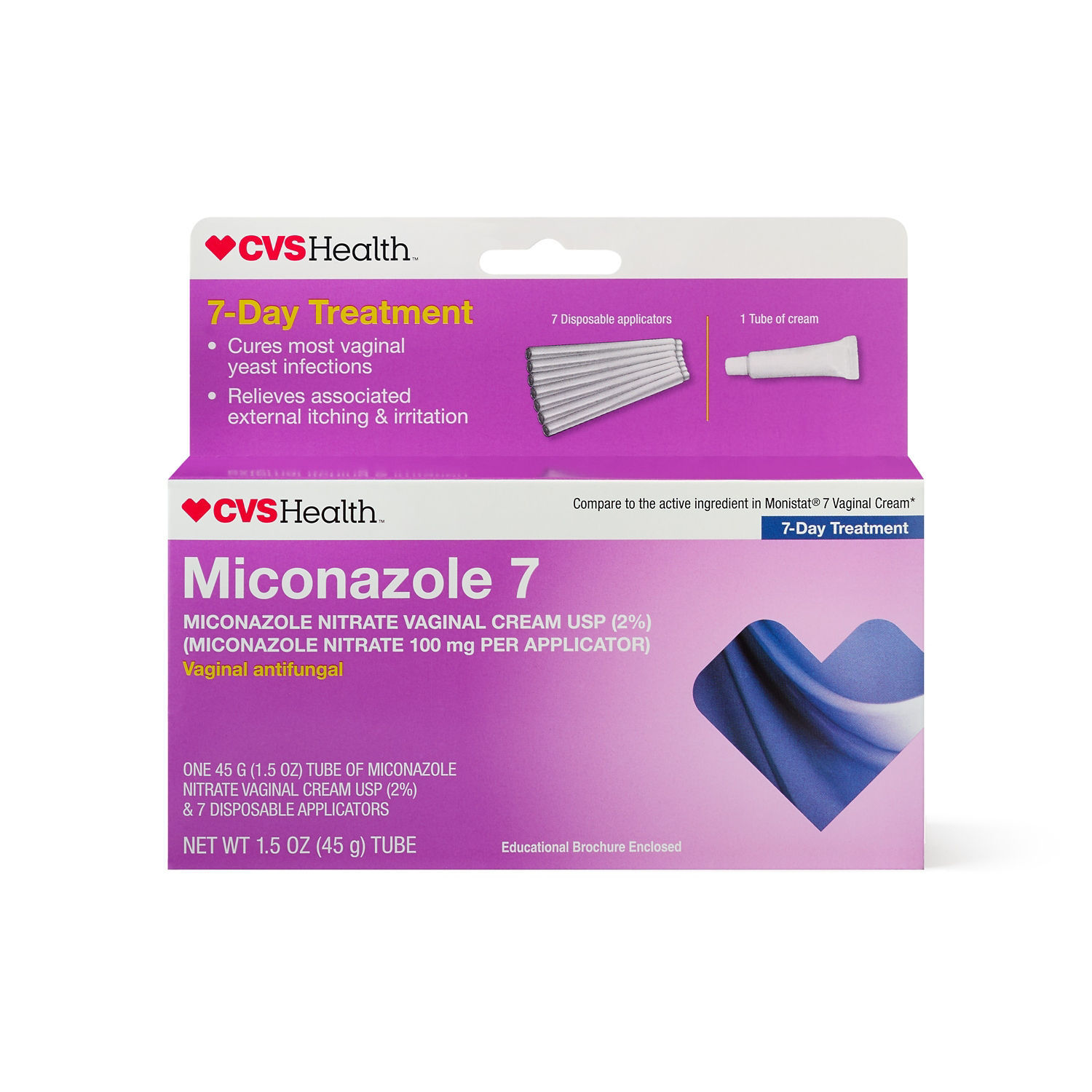)
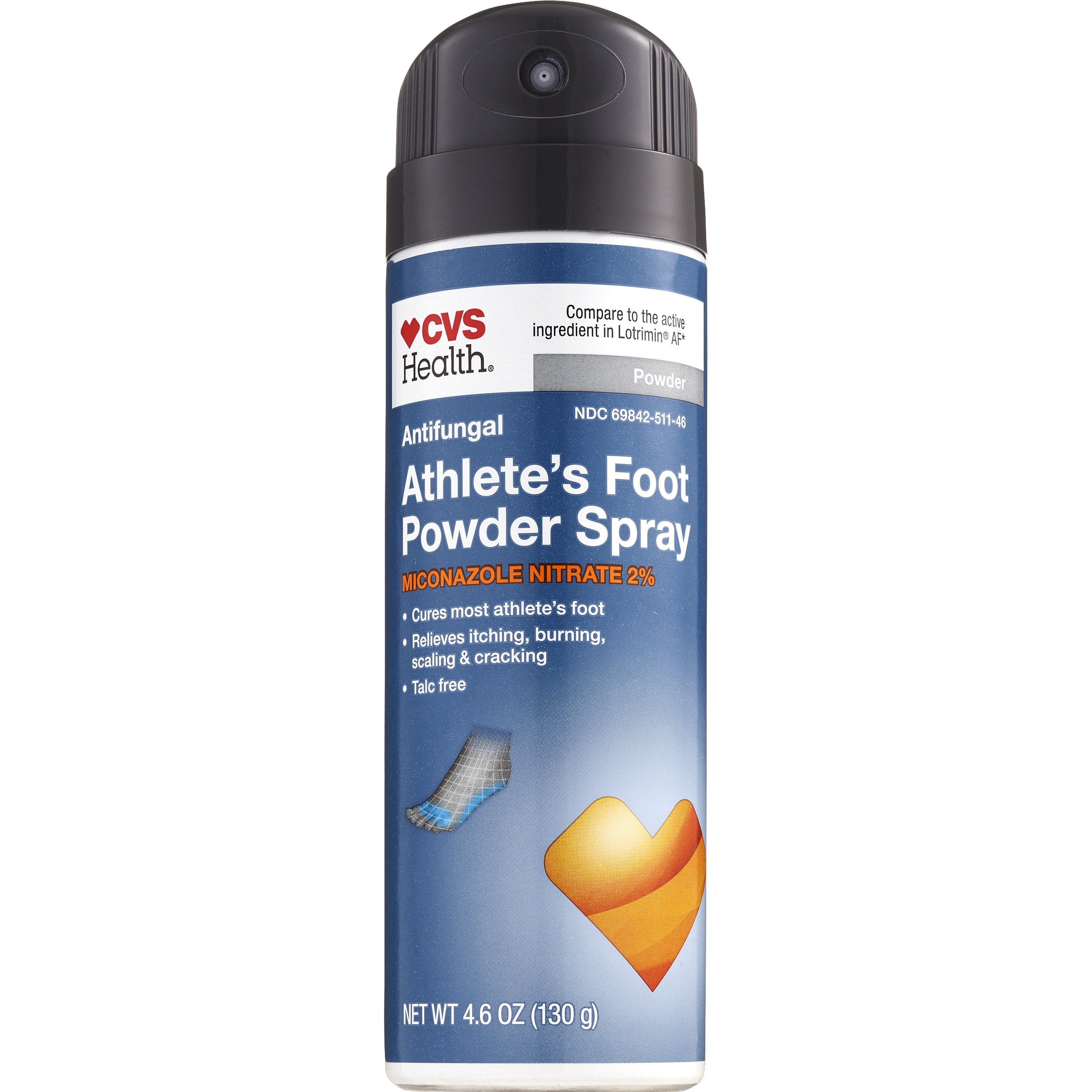)
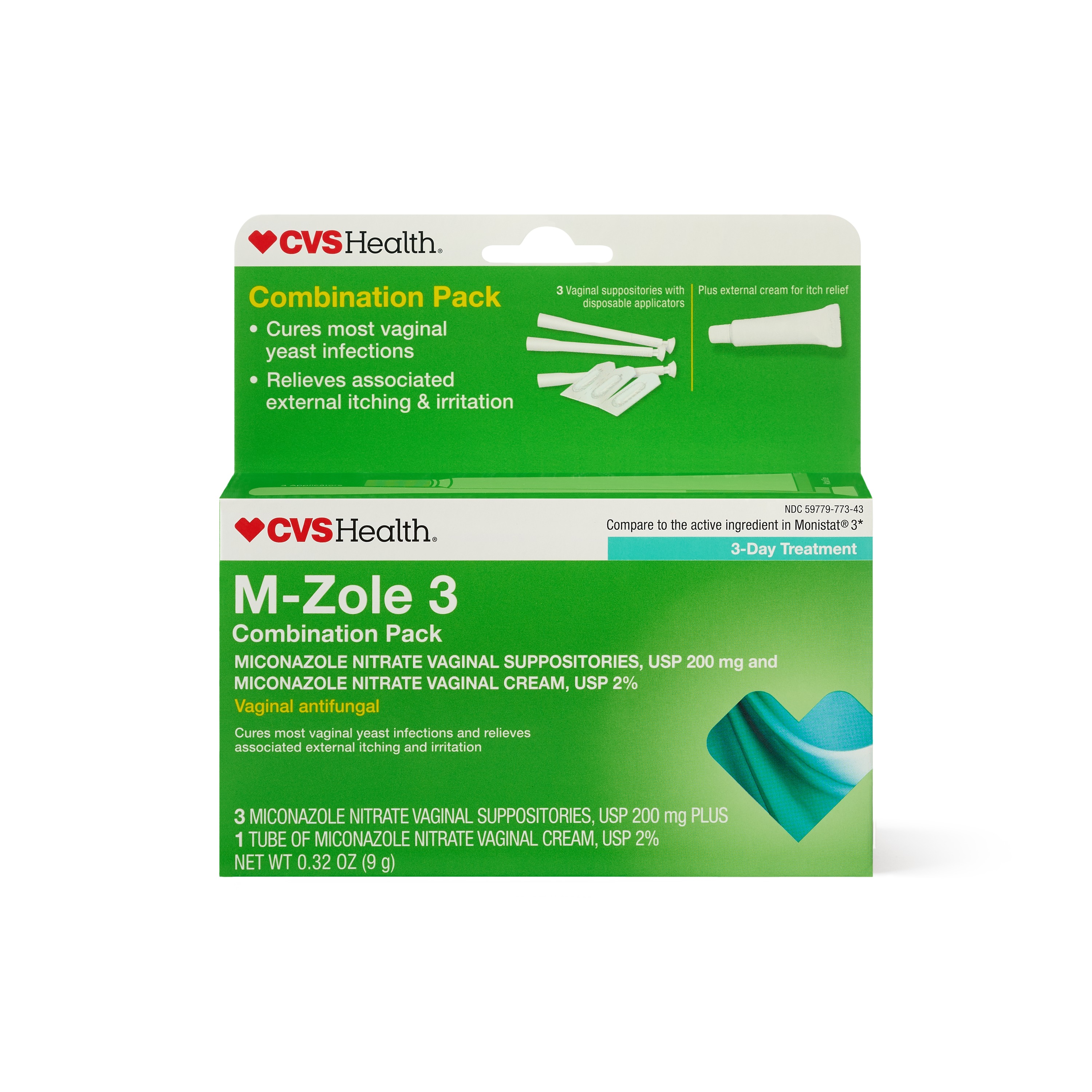)
)
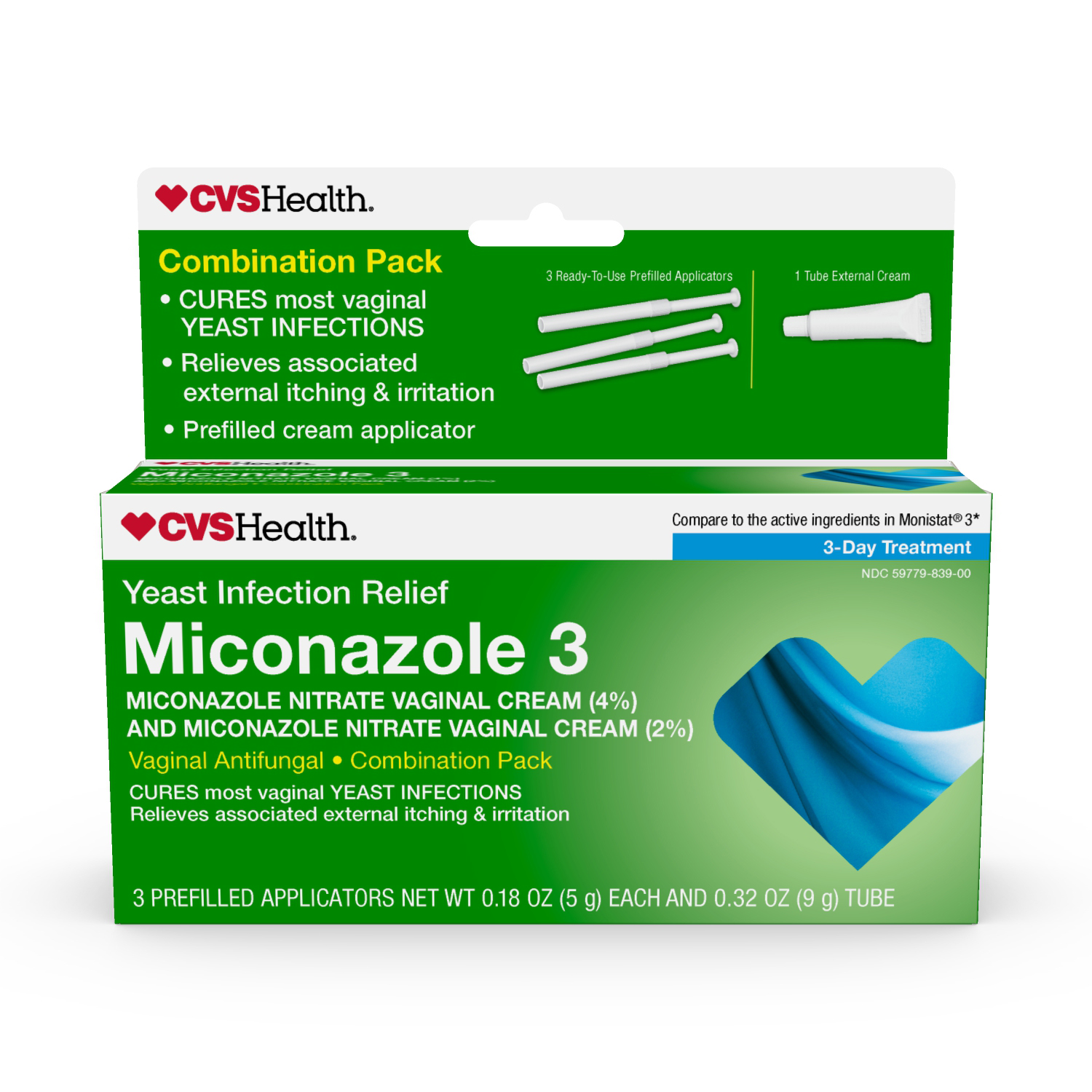)
)
)
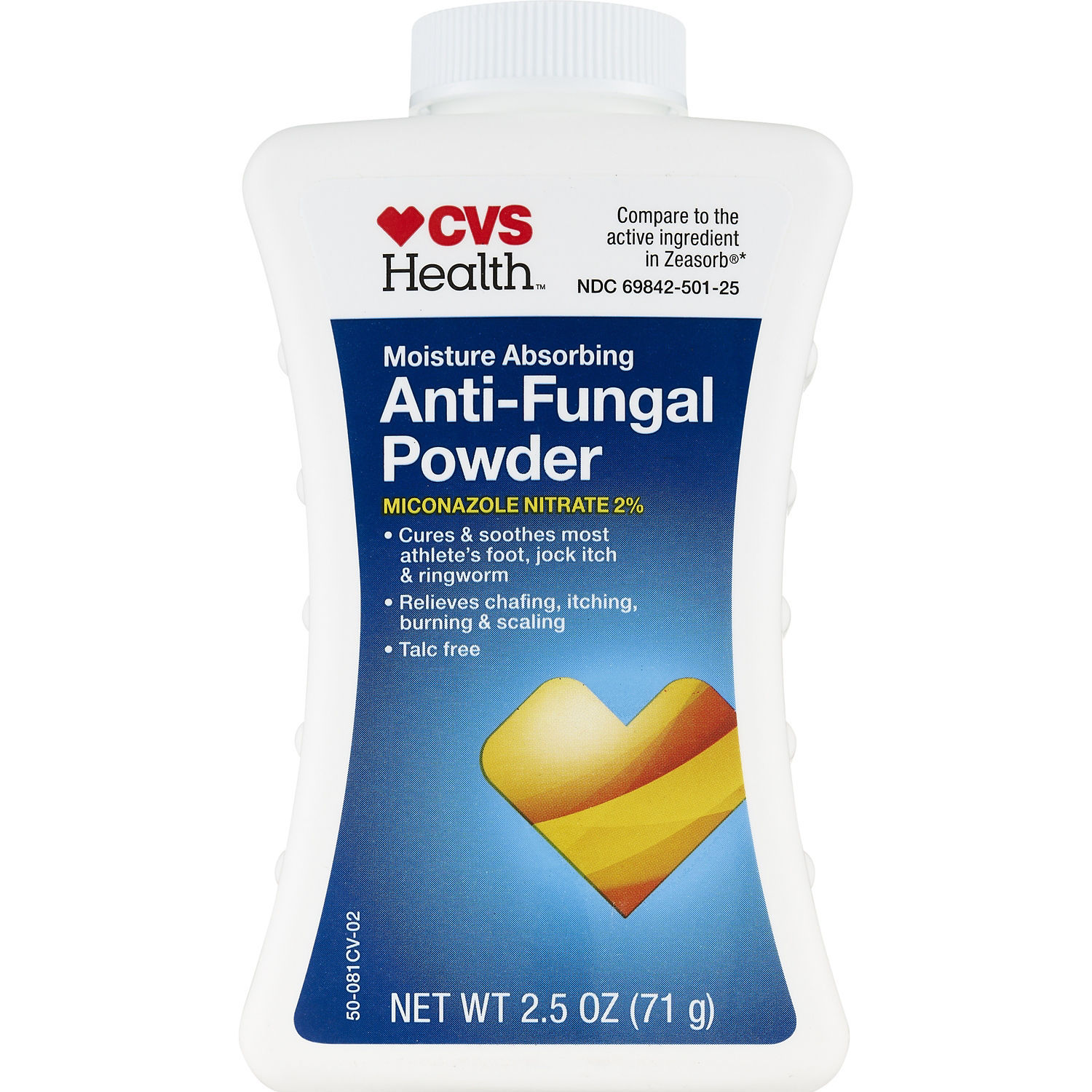)
Miconazole is part of a family of antifungals, which is available topically. This ingredient can be used to treat a variety of fungal infections including vaginal yeast infections and athlete's foot. You can find products that contain miconazole at most drug stores and it can be purchased without a prescription at regular strength. If you're dealing with a fungal infection, read on to learn more about this medication and how it may be able help you.
What Is Miconazole?
Products that contain miconazole come in the form of a cream, powder, spray, or ointment. You may also find some products featured as a tablet or effervescent format that can be added to water and consumed orally, these products are available with a prescription from a provider. Miconazole is generally safe, but it is important to check with your doctor or pharmacist before starting any new medication. Miconazole works to stop fungus growth on the skin and to help prevent new fungus from growing. It can help to relieve the symptoms of a fungal infection including itching, redness, and irritation. Make sure you choose a product that contains miconazole that is made specifically for your particular type of fungal infection.
Miconazole Usage
As with any medication, always follow the directions as listed on the packaging and never use more than is directed. Apply the product directly to the affected area and make sure it's covered thoroughly. If you purchase miconazole in powder form, shake the container well before using it and spray or shake the powder right onto the affected areas. If you're using it for athlete’s foot, be sure to get plenty of product in between your toes, on your feet, and add some to your shoes and socks daily. It is also important to change your shoes and socks at least once per day. Continue applying the powder or spray to the affected are daily until all the symptoms have subsided, and never miss a dose.
If you purchase miconazole in the form of a cream, apply it to the affected areas as directed. If you miss a dose, apply it as soon as possible or you can always skip your missed dose and return to the regular dosing schedule the following day. Watch your symptoms closely and look for any signs of extreme irritation. If you notice that the itching is not going away or you're feeling pain, visit your doctor as soon as possible. They can help you decide what the best next steps are.
)
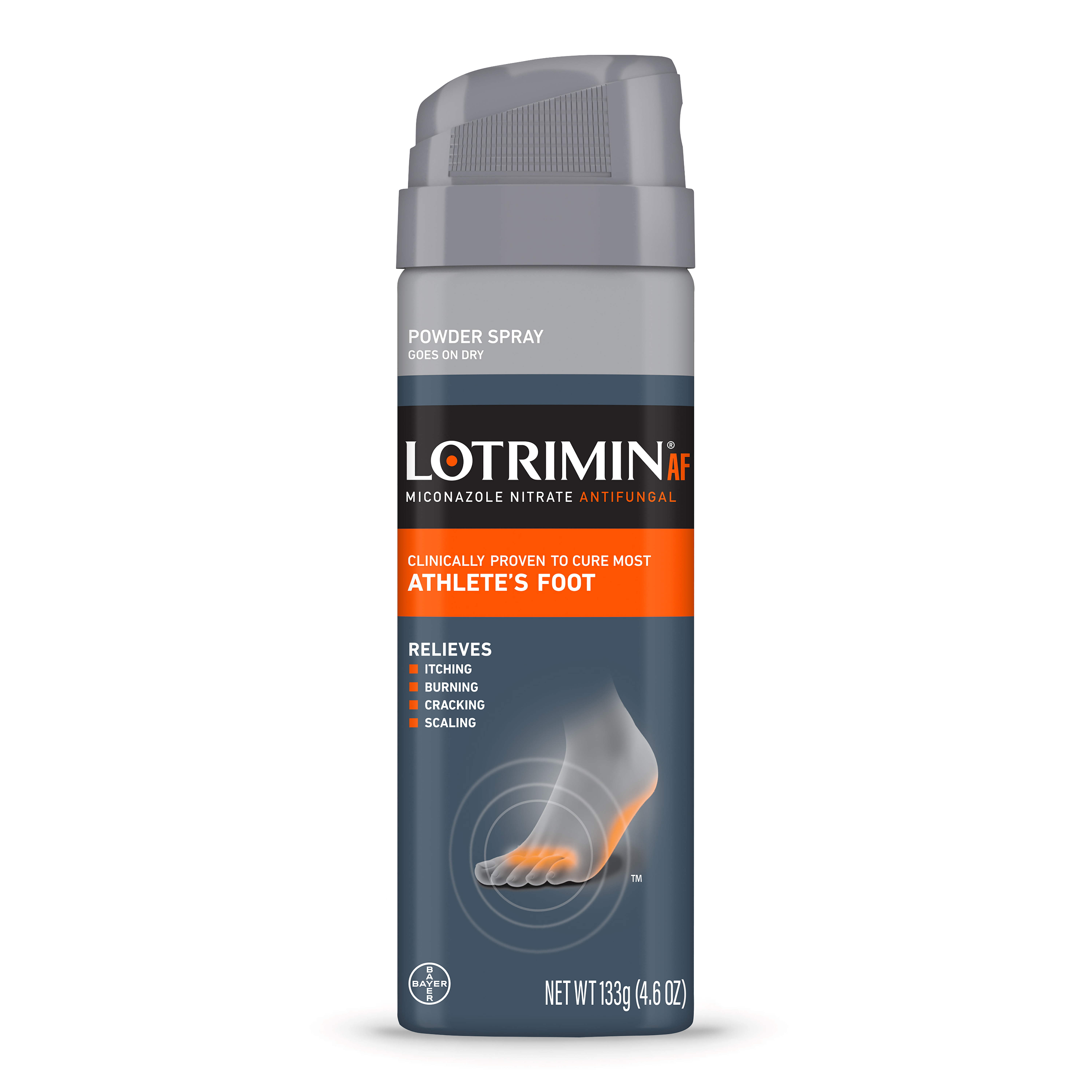)
)
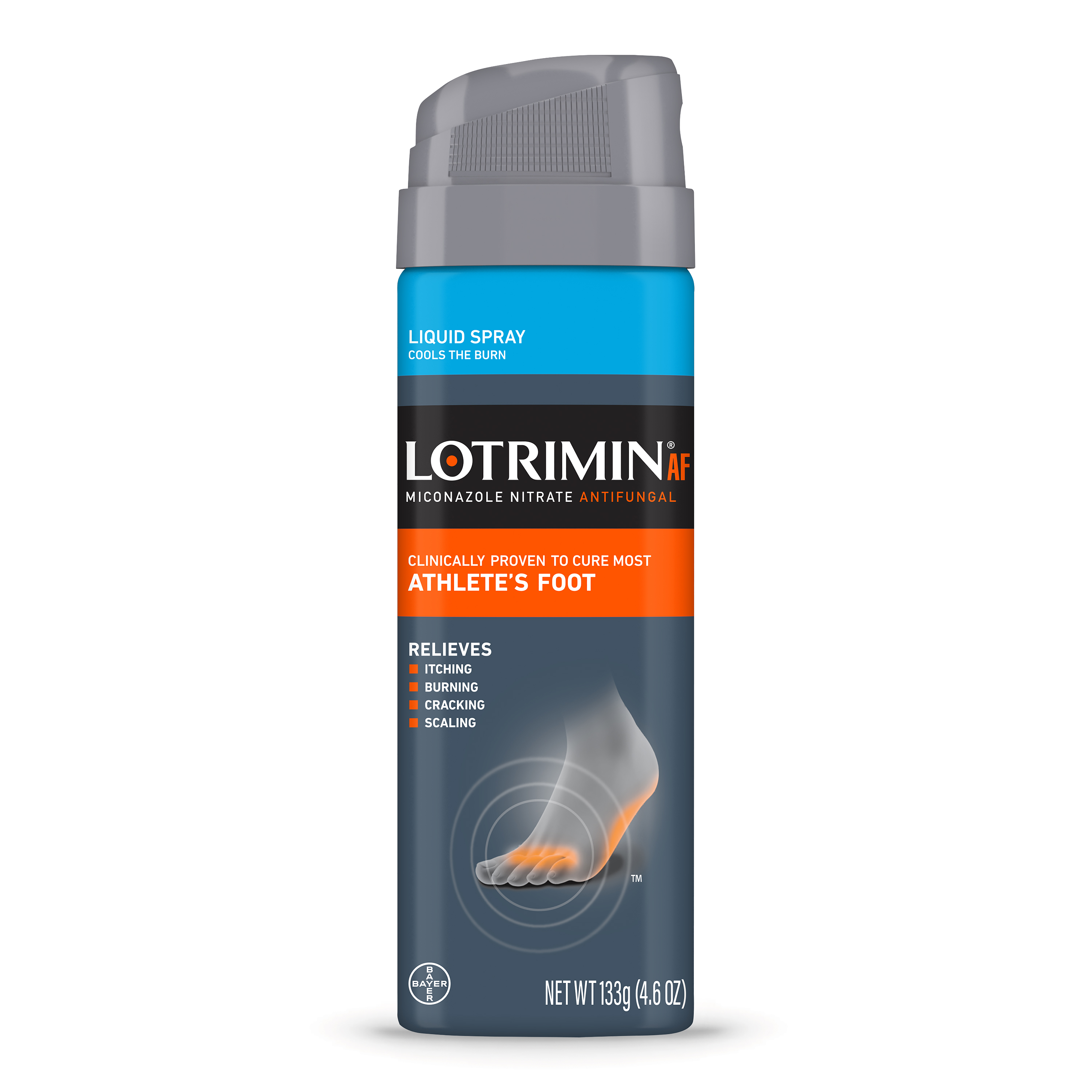)
)
)
)
)
)
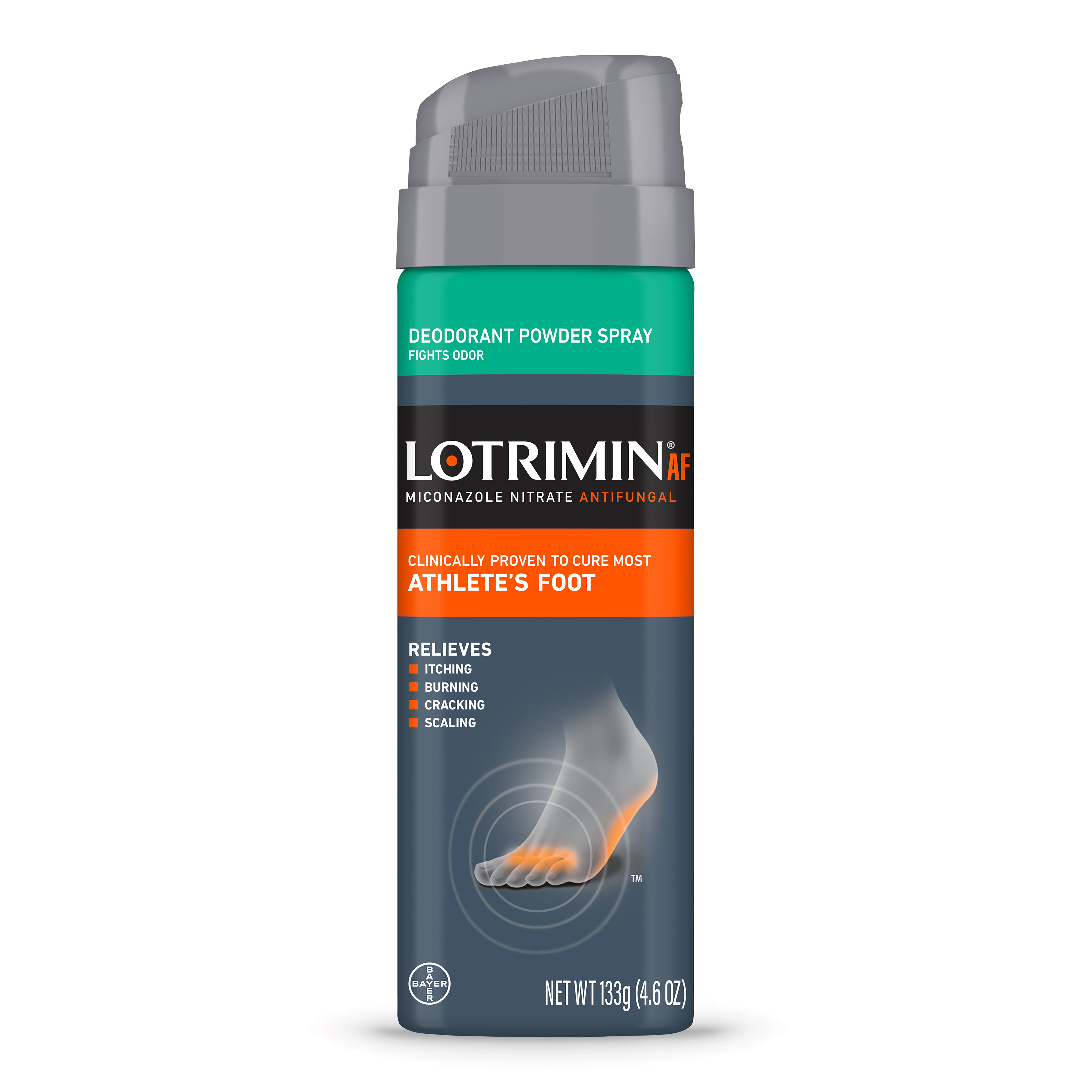)
)
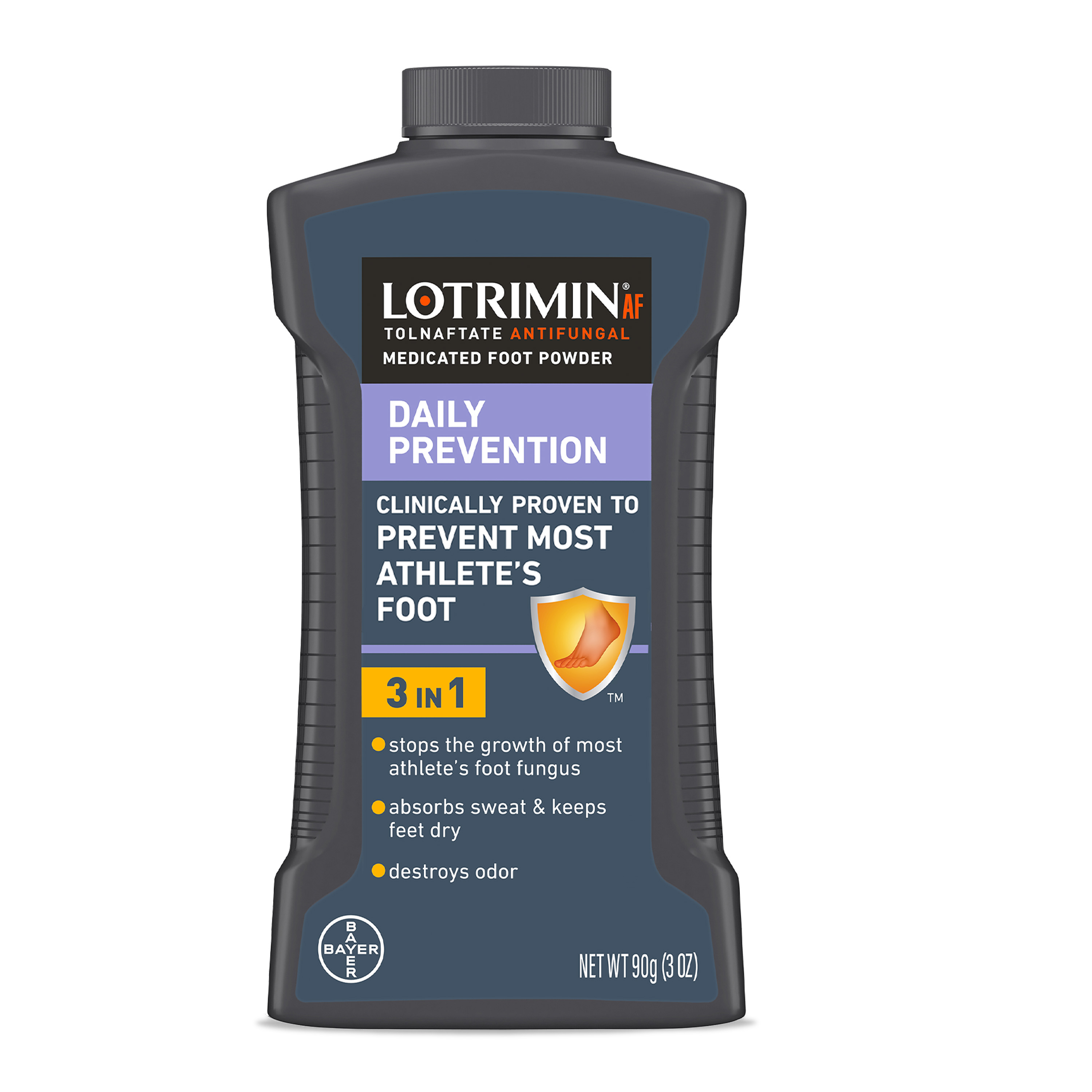)
)